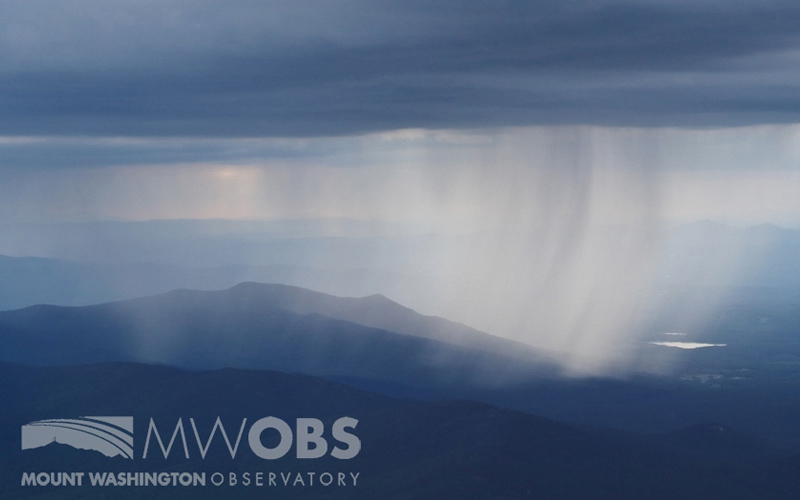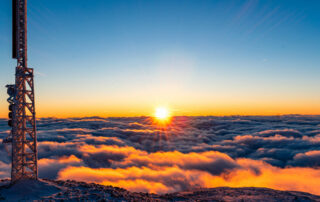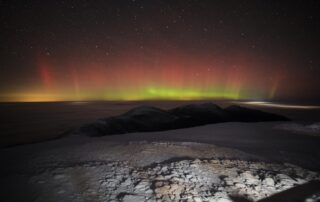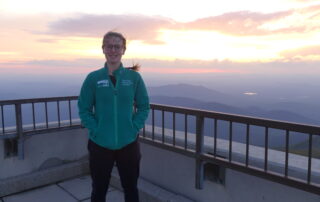Citizen Science Puts Weather Reporting in Your Hands

Ryan Knapp, Weather Observer & Meteorologist
Adjusting to Life on the Summit
Adjusting to Life on the Summit By Charlie Peachey Working on the summit of Mount Washington is not your average job. There aren't too many other places where the employees work and live together for eight days in a row and then get six days to rest.
A Surprise Aurora
A Surprise Aurora By Francis Tarasiewicz After 17 months of working at New England’s highest peak, it finally happened. On the night of November 12th, 2023, I was lucky enough to view the famous and ever-elusive Aurora Borealis, or northern lights. This blog will chronicle my experience
A Glimpse at METAR Reports
A Glimpse at METAR Reports By Alexis George, Weather Observer & Meteorologist METAR observations are submitted every hour of every day at Mount Washington Observatory. METAR is a format for reporting weather information that gets disseminated through the Aviation Weather Center. While METARs are primarily used by
Half a Year Back with the Obs
Half a Year Back with the Obs 2022-02-04 10:38:08.000 - Stephen Durham, Weather Observer & Education Specialist We are in the heart of winter at the summit, experiencing a succession of storms... Hooray! Last
A Highlight of My First Shift: Warmer Temps at Summit Caused by Inversion
A Highlight of My First Shift: Warmer Temps at Summit Caused by Inversion 2022-01-25 13:22:33.000 - Will Gabbert, Summit Intern Have you ever wondered what it would be like to work and live atop
Reflections on my first year at the Mount Washington Observatory
Reflections on my first year at the Mount Washington Observatory 2022-01-11 19:42:18.000 - Jackie Bellefontaine, Weather Observer/Education Specialist Last Thursday marked my first full year at Mount Washington Observatory. I joined the team as




